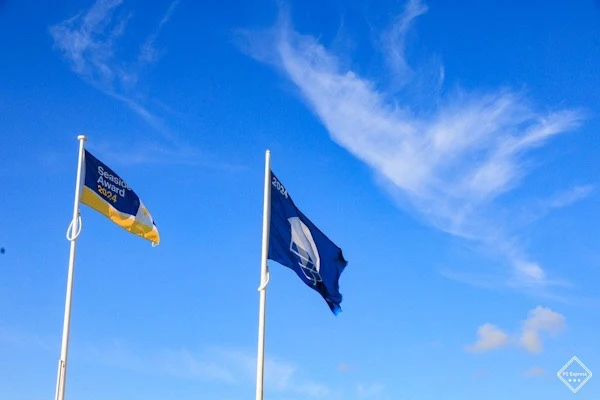Carole, originally from France, was born in the 1960s near Versailles, in the suburbs of Paris. For her, Bastille Day has always meant holidays, fireworks, marching bands, and the best French food you can imagine. She fondly recalls street banquets with neighbors, all celebrating the Republic.
This year, Carole spent Bastille Day at Edenmore Nursing Home, where she works. She joked with her colleagues, hinting at bringing out the guillotine if they made a mess in her kitchen. Carole's life up till now has been quite a journey. She studied languages in the 1980s and moved to England at twenty. After ten years as a personal assistant in Hammersmith, she switched gears to special needs education, working in places like California and Vietnam. Carole has been married to her husband, Mike, for thirty years. They have traveled a lot due to his job, raising two children, Eliza and Philip, along the way.
Joining the Edenmore team
Aprons
True to her home-maker past, Carole is easily recognisable in the hallway by her unique kitchen aprons with big pockets, a collection that is now at 27. Her daughter recently mentioned that another one is on the way. Carole’s apron collection started in her childhood in Normandy, where her parents were farmers. Her mum always wore an apron, and she bought Carole her first one, with polka dots, when Carol was just nine years old. Carole didn’t like getting her clothes dirty, and the habit of wearing an apron stuck with her.
Carole’s love for aprons is just one of the many ways she brings a piece of her heritage to Edenmore. Through her food, stories, and warm presence, Carole continues to share her culture with the residents, fondly referred to as family members, making Edenmore Nursing Home a place where diversity and tradition are celebrated.
We like to celebrate the lives of the people who live and work with us. One of the ways in which we do this is to write about and share their inspiring stories.
------
To find out more about Edenmore Nursing Home please visit www.edenmorenursinghome.com-




